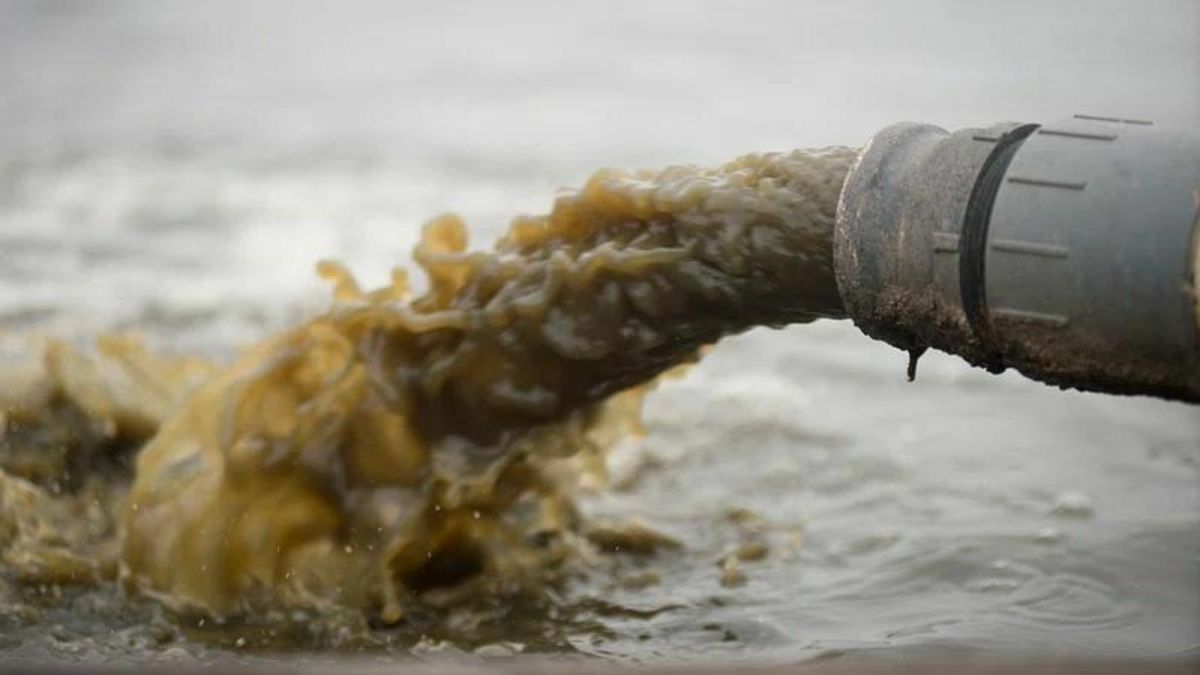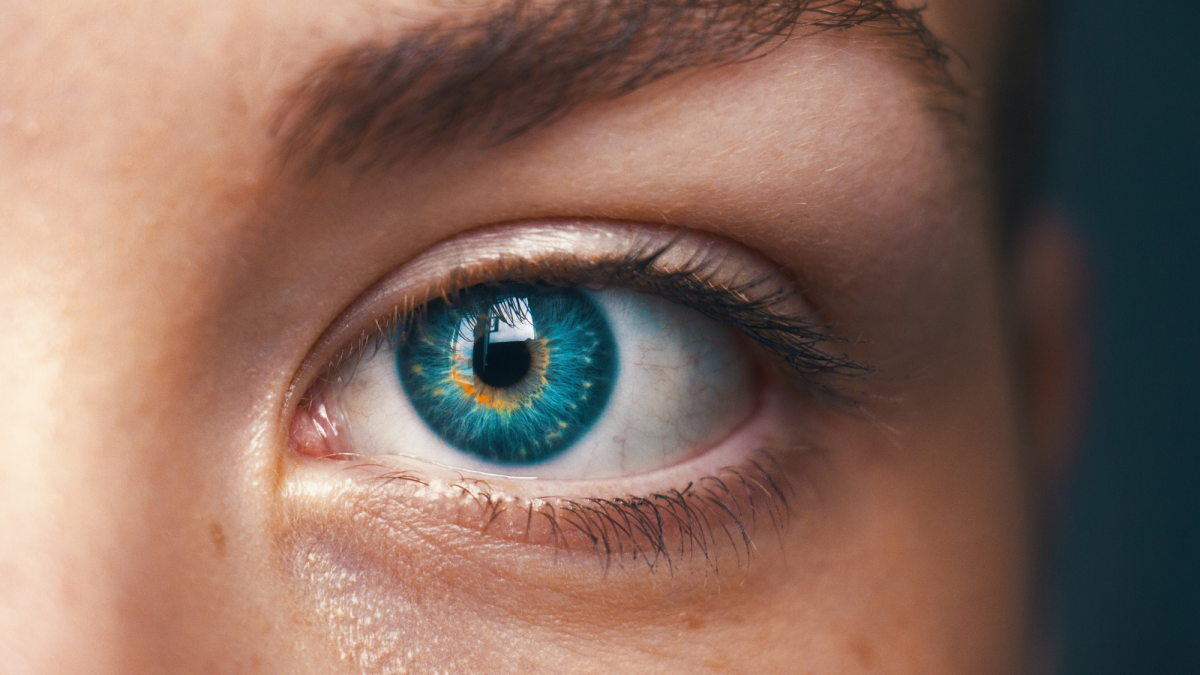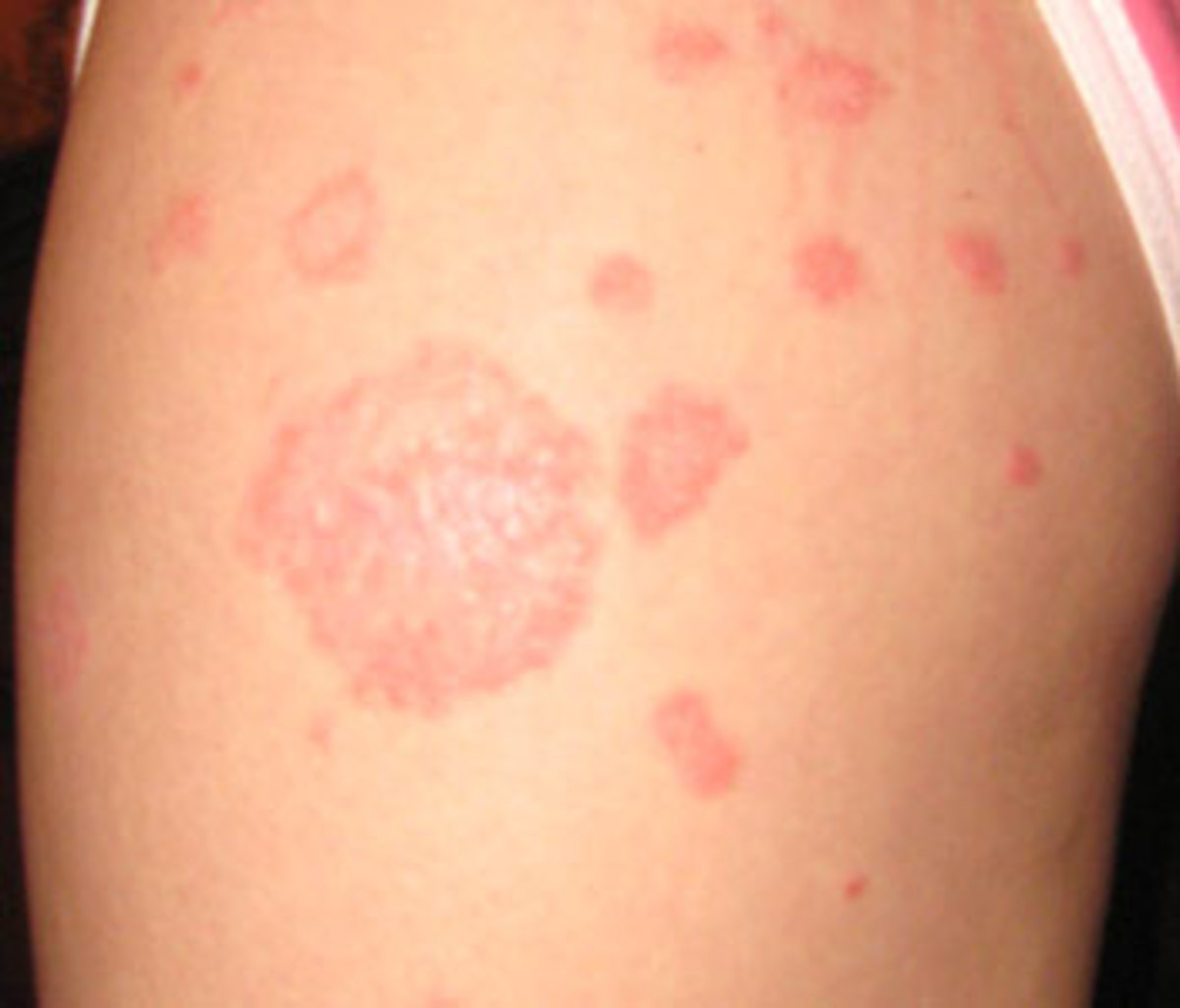Benefits of Drinking Water for Skin
Water is skin's most essential nutrient. Plentiful supplies of this crystal-clear liquid replenish moisture from deep within.
Water is also nature's most effective internal cleanser for it dissolves away wastes to preserve skin's clarity and freshness from the inside out. But how much water do we need to keep our skin looking its best?
Fluid Level
We can live without food for several days, even weeks, but if deprived of water for more than a day or two we could not survive. Each day our body loses fluid in the form of perspiration and this needs to be replenished. When the humidity level is normal, at between 40-60 per cent we can lose anything up to a litre of fluid in just 12 hours, even when it's chilly. This means drinking at least 1 and preferably 2 litres of pure water every single day.
In parched environments we lose body fluids much more rapidly. Heat makes matters worse for when the temperature soars our sweat-glands work overtime to keep us cool. The more fluid your body loses, the more water you need to drink to keep levels topped up. Feeling thirsty is a sign that your body is slightly dehydrated and needs more water. When dehydration rises to around 4 per cent we can feel tired, impatient, headachy and slightly nauseous. The mid-afternoon energy dip can often be relieved quite simply by drinking a long glass of cool, sparkling H20.
Strenuous activity also increases water loss. While it's good to sweat out unwanted wastes, we can lose up to a litre of fluid during an hour of aerobic exercise. The fitter you are, the more you lose as your body becomes adept at cooling down. It is important to compensate for this water loss.
Emotions such as anxiety, fear, embarrassment and sexual excitement also spur the sweat glands into action which means we often feel thirstier in times of stress.
Finely Balanced
Fluid balance is a complex affair and various factors encourage tissues to retain fluid or promote diuresis (water loss). Among these are certain hormones. Fluctuating levels of oestrogen, a key menstrual hormone, in the days leading up to a period often cause water retention and bloating. Stress and long-distance travel upset hormone balance in ways that make you feel thirsty and waterlogged at the same time.
Dietary factors may also upset the equilibrium. Foods rich in sodium or salt encourage water retention because salt attracts water and vice versa. As perspiration contains salt as well as water, excessive sweating may deplete both. Symptoms of sodium loss are similar to dehydration and include nausea, dizziness, vomiting, cramps, exhaustion and apathy. In hot weather and after taking vigorous exercise or having frequent saunas it may be a good idea to sprinkle a little sea salt over your food.
The mineral potassium, present within every body cell, works alongside sodium to maintain fluid balance. The kidneys keep the potassium level within certain limits but their job is harder when our diet provides much more sodium than potassium. Our early ancestors who lived entirely on unprocessed foods may have enjoyed a diet which contained much more potassium than sodium. Today the balance is firmly biased in favour of sodium. Some diuretics also flush potassium from the body. Low levels of potassium cause tissue swelling along with fatigue, weakness and headaches.
- To keep these minerals perfectly balanced, eat plenty of potassium-rich fruits and vegetables, wholegrain cereals and avoid eating foods laden with extra salt like crisps, salted nuts and most processed foods.
- Eat foods that gently flush away excess fluids: celery, celeriac, asparagus, artichoke, watermelon, cucumber and beetroot.
Well Watered
- Begin the day with a glass of water - it helps the kidneys work well and cleanses from within.
- Drink a glass of water at bedtime - your body loses water as you sleep.
- Take sips of water regularly throughout the day rather than all in one go.
- When exercising drink two glasses of water for every pound (0.5 kg) you lose through sweating.
- Don't rely on coffee and alcohol to quench your thirst. They act as diuretics and so increase loss of fluids.
- Sweet fizzy drinks are poor substitutes for pure water - the high sugar content actually increases thirst.
- Deep Sea Treatments for Your Skin
The sea provides a cure for all man's ills', proclaimed Euripides, the classical Greek dramatist, nearly two millennia ago. It certainly does wonders for our skin. Sea water purifies and nourishes,... - Cleansing and Nourishing Your Skin with Juice
Freshly squeezed fruit and vegetable juices are pure liquid nutrition. They contain concentrated amounts of vitamins, minerals and health-promoting phytonutrients such as chlorophyll, carotenoids and...








